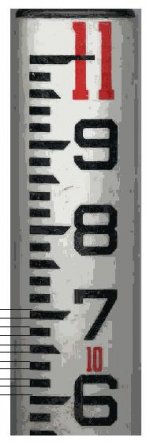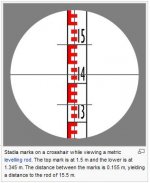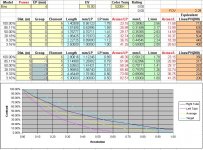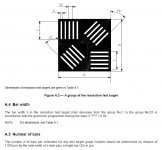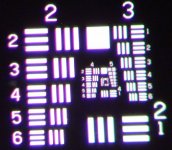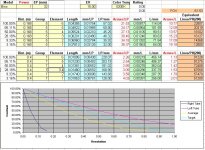Kevin Purcell
Well-known member
See this for a rather good explanation of MTF (on the same page a link to the CSF image provided by Ronh).
http://www.bobatkins.com/photography/technical/mtf/mtf1.html
Particularly this graph
http://www.bobatkins.com/photography/technical/mtf/mtf2.gif
on page
http://www.bobatkins.com/photography/technical/mtf/mtf2.html
Though the measured numbers for the prisms I think show how much worse life is when looked at through a roof prisms. The MTFs are worse than say a "real f/4" lens that you would expect in the objective.
And low magnifications (and a low resolution detector ... the human eye) let you get away with quite a lot. It seems, given the typical curves for a good f/4 lens shown above, that the roof prism is the worst component in the bin. But as others (like surveyor) have shown (and discussed) elsewhere on the forum (and on Cloudy Nights) the resolution of a good bin is well above that of the human eye at that magnification (that's why you need a booster scope to do a star test with a bin)
So what is the MTF for a typical porro prism set up? What is it for a thick plate?
Some of this is prior art in this patent
http://www.google.com/patents?q=5978144
but I'm not to sure of the scale (see figure 3c): is that really a maximum of 7.00 lp/mm? The prior art device specified is an 8x21 telescope with 7 degree FOV and 13mm ER. So the Swaro prism looks good compared to this!
One thing that is clear from this patent is the MTF falls off as the beam is widened too. That's another parameter not mentioned in the Seil paper (is he measuring on axis or off axis?).
The other thing to note is the graphs presented in the paper commit the cardinal sin of graphical data presentation: they don't use the same axes scales. Essentially all the coated lines would lie over the top of each other (they all hit about 0.45 at 20lp/mm).
For lp/mm it's slightly exactly as Henry says: a black line and a white line is a line pair. So 5 spaced lines (lines per mm) is 10 line pairs per mm.
http://en.wikipedia.org/wiki/Image_resolution
All this reminds me of this thread (one of the others to mention MTF).
http://www.birdforum.net/showthread.php?t=102792
Here endeth the rambling ...
http://www.bobatkins.com/photography/technical/mtf/mtf1.html
Particularly this graph
http://www.bobatkins.com/photography/technical/mtf/mtf2.gif
on page
http://www.bobatkins.com/photography/technical/mtf/mtf2.html
Real lenses rarely, if ever, come close to the theoretical maximum MTF at apertures below about f8 as stated above [...]
Though the measured numbers for the prisms I think show how much worse life is when looked at through a roof prisms. The MTFs are worse than say a "real f/4" lens that you would expect in the objective.
And low magnifications (and a low resolution detector ... the human eye) let you get away with quite a lot. It seems, given the typical curves for a good f/4 lens shown above, that the roof prism is the worst component in the bin. But as others (like surveyor) have shown (and discussed) elsewhere on the forum (and on Cloudy Nights) the resolution of a good bin is well above that of the human eye at that magnification (that's why you need a booster scope to do a star test with a bin)
So what is the MTF for a typical porro prism set up? What is it for a thick plate?
Some of this is prior art in this patent
http://www.google.com/patents?q=5978144
but I'm not to sure of the scale (see figure 3c): is that really a maximum of 7.00 lp/mm? The prior art device specified is an 8x21 telescope with 7 degree FOV and 13mm ER. So the Swaro prism looks good compared to this!
One thing that is clear from this patent is the MTF falls off as the beam is widened too. That's another parameter not mentioned in the Seil paper (is he measuring on axis or off axis?).
The other thing to note is the graphs presented in the paper commit the cardinal sin of graphical data presentation: they don't use the same axes scales. Essentially all the coated lines would lie over the top of each other (they all hit about 0.45 at 20lp/mm).
For lp/mm it's slightly exactly as Henry says: a black line and a white line is a line pair. So 5 spaced lines (lines per mm) is 10 line pairs per mm.
http://en.wikipedia.org/wiki/Image_resolution
All this reminds me of this thread (one of the others to mention MTF).
http://www.birdforum.net/showthread.php?t=102792
Here endeth the rambling ...





